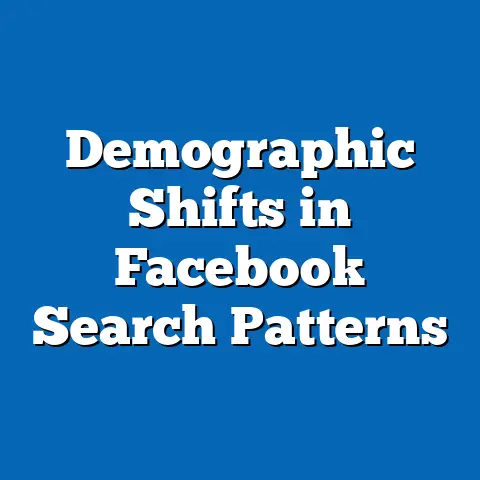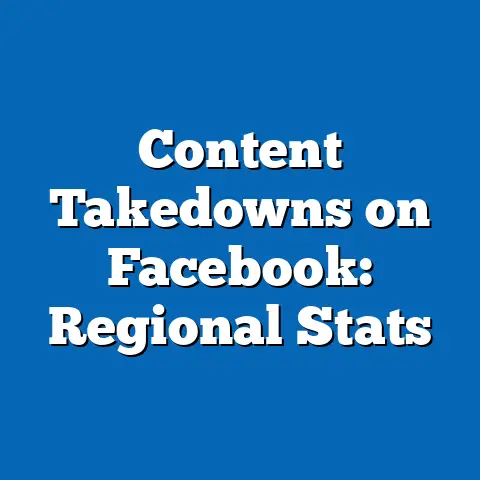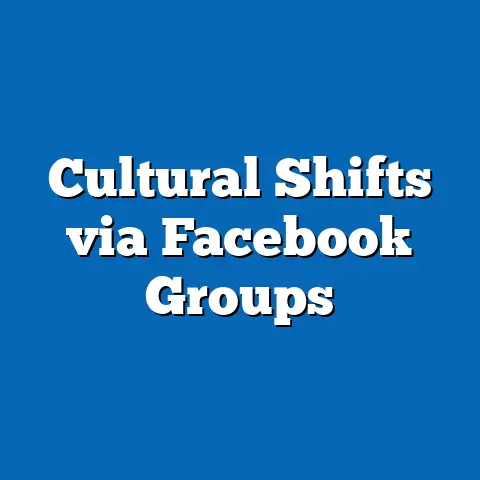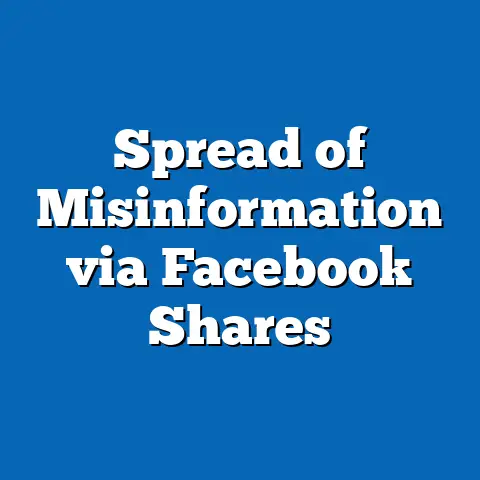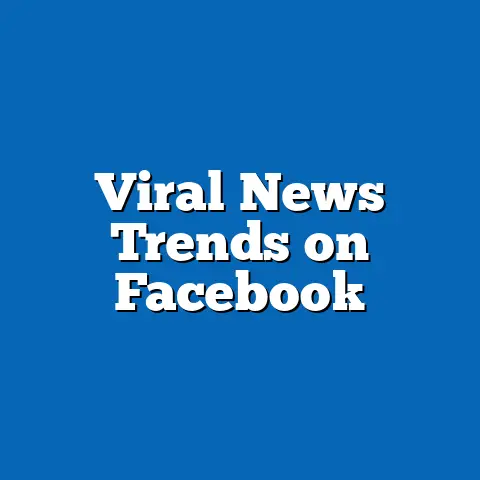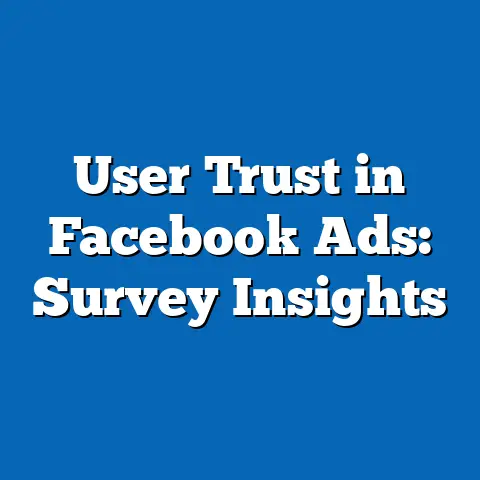Facebook’s 2024 User Base: 2.9B Monthly Stats
In 2024, Facebook, now under the Meta umbrella, continues to dominate the social media landscape with a staggering 2.9 billion monthly active users (MAUs) worldwide, as reported in Meta’s latest quarterly earnings. This figure not only underscores the platform’s enduring relevance but also presents a unique opportunity for businesses, policymakers, and researchers to tap into one of the largest and most diverse digital communities in human history. From targeted marketing to social impact initiatives, the sheer scale of Facebook’s user base offers a gateway to influence, connect, and understand global populations at an unprecedented level.
Defining Characteristics of Facebook’s 2024 User Base
A Global and Diverse Audience
Facebook’s 2.9 billion MAUs represent a cross-section of humanity, spanning multiple generations, cultures, and socioeconomic backgrounds. According to Meta’s 2024 reports, the platform’s largest user base remains in the Asia-Pacific region, accounting for approximately 1.2 billion users, followed by Europe and North America. However, significant growth has been observed in regions like Africa and Latin America, where internet penetration continues to rise rapidly.
This diversity is not just geographic but also demographic. While the platform was initially popular among younger users, its user base now includes a substantial portion of older adults, with over 30% of users aged 35 and above, based on Statista’s 2024 analysis. This shift reflects Facebook’s evolution from a youth-centric platform to a multi-generational hub.
Generational Breakdown and Usage Patterns
Breaking down the user base by generation reveals distinct usage patterns. Gen Z (born 1997–2012) and Millennials (born 1981–1996) remain the most active cohorts, often using the platform for social networking, content sharing, and marketplace activities. However, Baby Boomers (born 1946–1964) and Gen X (born 1965–1980) are increasingly present, often engaging with family connections, news, and community groups.
These generational differences highlight varied motivations for using Facebook. While younger users may prioritize entertainment and trends, older users often seek information and personal connections, according to a 2023 Pew Research Center study. This diversity in intent shapes how content is consumed and created on the platform.
Technological Engagement and Mobile Dominance
A key characteristic of the 2024 user base is its reliance on mobile technology. Meta reports that over 90% of Facebook’s MAUs access the platform via mobile devices, a trend driven by the global proliferation of smartphones and affordable data plans. This mobile-first approach has transformed user behavior, with short-form content, live streaming, and Stories gaining prominence over traditional long-form posts.
Additionally, the integration of augmented reality (AR) and virtual reality (VR) features, tied to Meta’s broader vision for the metaverse, is beginning to influence how users interact. While still in early stages, these technologies signal a future where Facebook’s user base could engage in more immersive digital experiences.
By 2010, Facebook had surpassed 500 million users, becoming a cultural phenomenon. Its growth was propelled by key features like the News Feed (introduced in 2006) and the ability to share photos and status updates, which resonated with Millennials seeking new ways to express themselves online. The platform’s early success was also tied to broader societal shifts, including the rise of broadband internet and the increasing digitization of personal life.
Global Expansion and Mobile Revolution (2011–2018)
This era was shaped by significant technological and economic trends. The spread of 3G and 4G networks made internet access more affordable, particularly in developing regions. Meanwhile, Facebook’s advertising model matured, turning user data into a lucrative revenue stream and enabling hyper-targeted marketing—a development that would later spark privacy debates.
Challenges and Adaptation (2019–2024)
The late 2010s and early 2020s were tumultuous for Facebook, with scandals like Cambridge Analytica (2018) raising concerns about data misuse and misinformation. Regulatory scrutiny intensified, particularly in Europe with the General Data Protection Regulation (GDPR), and in the U.S. with congressional hearings on tech monopolies. Despite these challenges, user growth continued, reaching 2.9 billion MAUs by 2024.
The COVID-19 pandemic (2020–2022) played a pivotal role in sustaining engagement, as lockdowns drove people online for connection and information. Simultaneously, Meta’s rebranding in 2021 signaled a pivot toward the metaverse, reflecting an ambition to redefine social interaction in a post-pandemic world. These historical milestones illustrate how external events and internal strategies have shaped Facebook’s user base over two decades.
Societal Implications of a 2.9 Billion User Base
Cultural Influence and Global Connectivity
Facebook’s vast user base has fundamentally altered how cultures interact and evolve. The platform serves as a digital melting pot, enabling cross-cultural exchanges through shared content, groups, and events. For instance, movements like #MeToo and #BlackLivesMatter gained global traction partly through Facebook, demonstrating its role in amplifying social causes.
However, this connectivity also has a downside. The spread of misinformation and echo chambers—where users are exposed primarily to like-minded views—can deepen societal divisions. A 2023 study by the University of Southern California found that 62% of users encountered misleading content on the platform, highlighting the challenge of balancing open dialogue with content moderation.
Economic Impact and Business Opportunities
Economically, Facebook’s user base is a goldmine for businesses. With 2.9 billion potential customers, the platform’s advertising tools allow companies to target niche demographics with precision. Small businesses, in particular, benefit from affordable ad options and the ability to build communities through pages and groups.
Yet, this economic power raises questions about market dominance. Critics argue that Meta’s control over user data creates an uneven playing field, stifling competition and innovation. The 2024 antitrust discussions in the U.S. and EU underscore the tension between economic opportunity and regulatory oversight.
Political Influence and Governance Challenges
Politically, Facebook’s influence is both profound and contentious. The platform has been a battleground for elections worldwide, shaping public opinion through targeted ads and viral content. While it empowers grassroots movements, it also poses risks of manipulation, as seen in past allegations of foreign interference in democratic processes.
Governance of such a massive user base remains a complex issue. National laws often clash with Facebook’s global policies, creating friction over issues like censorship and data privacy. The European Union’s Digital Services Act (DSA), implemented in 2024, exemplifies efforts to hold platforms accountable, but enforcement remains inconsistent across borders.
Mental Health and Social Dynamics
The societal impact of Facebook also extends to individual well-being. Research, including a 2022 meta-analysis published in The Lancet, suggests a correlation between prolonged social media use and increased anxiety, particularly among younger users. Features like “likes” and curated feeds can foster comparison and low self-esteem, though they also provide spaces for support and community.
Generational differences play a role here as well. While Gen Z may grapple with digital overload, older users often report positive outcomes, such as reconnecting with distant relatives. These nuances remind us that the platform’s impact on mental health is not uniform and requires tailored interventions.
Technological, Economic, and Social Factors Shaping the User Base
Technological Advancements
The evolution of technology has been a primary driver of Facebook’s user base growth. The transition from desktop to mobile access, coupled with advancements in AI for content recommendation, has kept users engaged. Moreover, Meta’s investments in AR/VR and the metaverse aim to redefine user interaction, though adoption rates remain uncertain as of 2024.
Economic Trends
Economically, the affordability of smartphones and data plans has democratized access to Facebook. In regions like Sub-Saharan Africa, where mobile internet costs have dropped by over 50% since 2015 (per the World Bank), user numbers have surged. This trend aligns with global economic shifts toward digital economies, where platforms like Facebook serve as both marketplaces and marketing tools.
However, economic disparities still influence usage. Wealthier users in developed countries often access premium features or devices, while those in lower-income regions may face connectivity barriers. This digital divide underscores the uneven nature of Facebook’s global reach.
Social and Cultural Shifts
Socially, Facebook reflects and reinforces cultural trends. The platform’s role in shaping identity—through profiles, groups, and shared content—mirrors broader societal moves toward individualism and digital self-expression. At the same time, it adapts to cultural norms, offering localized content and language options to resonate with diverse users.
Generational shifts also play a role. As younger users gravitate toward platforms like TikTok for entertainment, Facebook has pivoted to retain older demographics with features like Marketplace and community groups. This adaptability highlights how social trends influence platform strategy and user retention.
Generational Comparisons: Nuances and Diversity
Gen Z and Millennials: Digital Natives Leading Engagement
Gen Z and Millennials, often termed “digital natives,” form the core of Facebook’s active user base. Their comfort with technology drives high engagement, with features like Stories and Reels catering to their preference for visual, ephemeral content. However, Gen Z’s growing preference for newer platforms signals a potential long-term challenge for retention.
Diversity within these cohorts is significant. Urban users may prioritize trends and networking, while rural users might focus on local community engagement. Such variations caution against overgeneralizing their behaviors or needs.
Gen X and Baby Boomers: The Growing Older Demographic
Gen X and Baby Boomers represent a smaller but growing segment of Facebook’s user base. Often motivated by nostalgia or family connections, these users engage with content differently, favoring long-form posts and news articles over viral memes. Their increasing presence has prompted features like enhanced privacy settings and accessibility tools.
Within these generations, socioeconomic status and tech literacy create disparities. Affluent, tech-savvy Boomers may use Facebook extensively, while others struggle with digital adoption—a reminder of the heterogeneity within age groups.
Implications Across Domains
Workplace and Economic Sectors
In the workplace, Facebook’s user base offers opportunities for recruitment, branding, and customer engagement. Companies leverage the platform for targeted ads and employee networking, with over 200 million small businesses using Facebook tools, per Meta’s 2024 data. Yet, reliance on a single platform raises risks of over-dependence and data breaches.
Cultural and Social Domains
Culturally, Facebook shapes narratives and preserves digital histories through user-generated content. It serves as a repository of personal and collective memories, influencing how societies document and share experiences. However, the risk of cultural homogenization—where dominant voices overshadow minority perspectives—remains a concern.
Policy and Governance
For policymakers, managing a platform with 2.9 billion users requires balancing innovation with regulation. Issues like data privacy, misinformation, and digital equity demand international cooperation, yet differing national priorities complicate solutions. The 2024 global push for tech accountability suggests a future of stricter oversight, though outcomes are uncertain.
Forward-Looking Insights and Uncertainties
As we look to the future, Facebook’s 2.9 billion MAUs signal both promise and peril. The platform’s ability to connect diverse populations offers unparalleled opportunities for social good, economic growth, and cultural exchange. Initiatives like the metaverse could redefine digital interaction, potentially deepening user engagement.
However, challenges loom large. Privacy concerns, regulatory pressures, and competition from emerging platforms could impact growth. Additionally, the mental health implications of prolonged use and the risk of misinformation require proactive solutions from Meta and stakeholders alike.
The trajectory of Facebook’s user base will depend on its adaptability to generational shifts, technological trends, and societal needs. While the 2.9 billion figure is a testament to its current dominance, the digital landscape evolves rapidly, and complacency is not an option. Researchers, businesses, and policymakers must continue to monitor these dynamics, ensuring that the platform’s vast influence serves as a force for positive change rather than division.
In conclusion, Facebook’s 2024 user base of 2.9 billion MAUs represents a microcosm of global society—diverse, dynamic, and complex. By understanding its characteristics, historical roots, and implications, we can better navigate the opportunities and challenges it presents. The future remains uncertain, but with thoughtful engagement, this digital giant can continue to shape society in meaningful ways.

